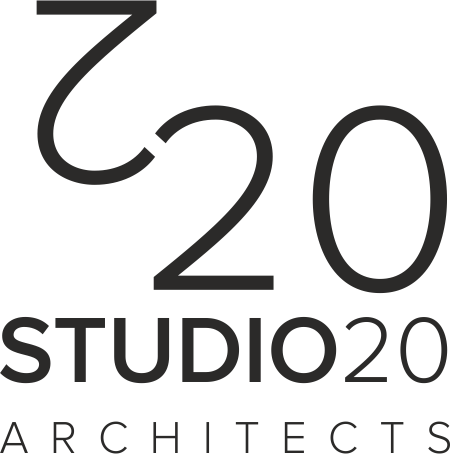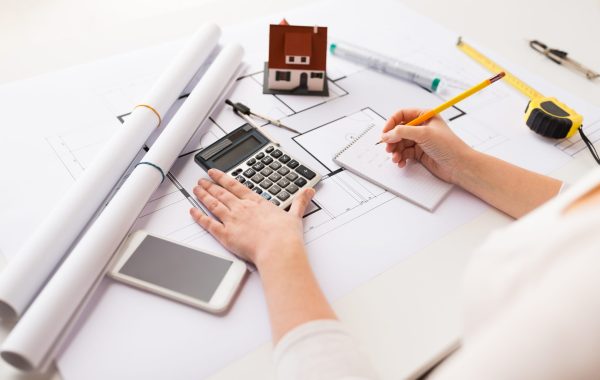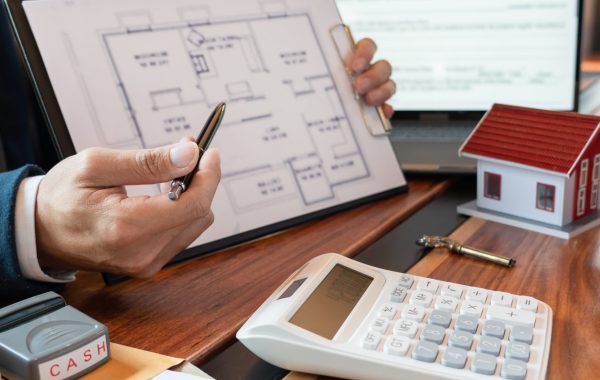
Affordable Home Office Designs London Architects Recommend
Creating an efficient home office design doesn’t have to break the bank. London architects often emphasise designs that maximise small spaces, improve productivity, and maintain aesthetic appeal while remaining budget-friendly. In a city where property sizes can be limited and rental costs high, well-thought-out home office designs can transform your working experience.
Key Takeaways
- Maximise small spaces with smart desk placement and vertical storage.
- Use affordable yet durable materials like MDF, laminate, and recycled wood.
- Incorporate layered lighting for comfort and productivity.
- Invest in ergonomic furniture to prevent strain and improve efficiency.
- Maintain a minimalist setup to reduce clutter and improve focus.
- Create multi-purpose rooms using foldable furniture and partitions.
- Personalise the office with plants, artwork, and small decorative items.
- Prioritise essential technology to enhance workflow while staying on budget.
- Use colour strategically to expand space visually and boost mood.
- Embrace sustainable and budget-friendly practices in furniture and materials.
Smart Space Planning
London homes often come with compact rooms and limited square footage. Architects recommend evaluating your available space carefully before adding furniture. Positioning your desk near natural light sources can boost energy levels and reduce eye strain. Corner desks work well in small apartments, making use of otherwise wasted space. Floating shelves or wall-mounted storage units keep the floor clear, providing a sense of openness.
Furniture should serve multiple purposes. For instance, a desk with built-in drawers or a foldable tabletop can act as both a workspace and storage area. Modular furniture allows you to rearrange the layout according to changing needs, keeping the office flexible without incurring extra costs.
Budget-Friendly Materials
Choosing cost-effective materials can make a big difference. Architects suggest materials like MDF, laminate, and recycled wood, which offer durability and style at a fraction of the cost of solid wood. For flooring, consider vinyl or engineered wood as alternatives to traditional hardwood. These materials provide a polished look without requiring a large investment.
Paint and wall treatments also influence the overall feel of your home office. Neutral tones can make small rooms feel larger, while accent walls add character without expensive renovations. Corkboards or pegboards act as both decoration and functional organisation tools, keeping notes, calendars, and stationery visible and accessible.
Lighting Solutions
Lighting plays a crucial role in a productive workspace. Natural light is ideal, but not all London apartments allow ample sunlight. Architects often recommend layering artificial light through ceiling fixtures, desk lamps, and wall-mounted LED strips. Adjustable lighting ensures that you can work comfortably during early mornings, late evenings, or gloomy weather conditions.
Consider energy-efficient bulbs to reduce electricity bills. Positioning lights behind monitors or using task lighting can prevent glare, making your home office more comfortable for long working hours. Even small lighting changes can have a big impact on mood and efficiency.
Ergonomic Design
Health and comfort go hand in hand with productivity. London architects recommend investing in ergonomic chairs and adjustable desks, even in budget-conscious setups. Spending on ergonomics protects your back, neck, and wrists, which can save medical costs in the long run. If a high-end chair is beyond budget, look for second-hand or refurbished options. Adding footrests or seat cushions can further enhance comfort.
Keyboard trays, monitor stands, and cable management systems prevent clutter and promote proper posture. Small adjustments, such as the height of the desk or angle of the chair, can significantly reduce strain during long work sessions.
Minimalism and Clutter Control
Keeping your workspace minimal boosts focus. London architects advise prioritising essentials and removing unnecessary items. Open shelving allows you to display only the items you frequently use, keeping surfaces clear. Organisers, baskets, and storage boxes reduce visual clutter while remaining affordable.
Minimalist designs work well in shared living spaces. A tidy desk not only improves productivity but also makes the room feel larger. By maintaining a strict “one in, one out” rule for office items, you avoid accumulation that can overwhelm the space.
Multi-Purpose Rooms
Many London homes cannot dedicate an entire room to an office. Architects suggest designing multi-functional areas that can double as guest rooms, reading nooks, or dining corners. Murphy desks, fold-down tables, and compact storage units allow rooms to transform seamlessly without costly construction.
Sliding partitions or screens can create visual separation between the office and living areas. These solutions maintain privacy while keeping the design affordable. In apartments, even a well-arranged corner in the living room can function as a professional workspace.
Personalised Touches
Adding personal touches improves motivation and comfort. Simple items like framed photos, indoor plants, or artwork make the office inviting without requiring a huge budget. Plants, in particular, have been proven to improve air quality and reduce stress levels. London architects encourage integrating greenery into the office for both style and well-being.
Decorative elements do not have to be expensive. DIY projects, second-hand finds, and affordable online marketplaces offer opportunities to personalise the space creatively. A small investment in personality can transform a bland room into a motivating workspace.
Technology Integration
Even on a budget, technology plays a critical role. Architects recommend prioritising essential tools like reliable Wi-Fi, power strips, and cable organisers. Wireless devices reduce clutter, and inexpensive monitor arms can free up desk space. If budget allows, consider dual monitors or laptop stands to enhance efficiency.
Smart home devices, such as automated lighting or temperature controls, improve comfort without major renovations. Investing in functional technology now reduces the need for frequent upgrades, making your home office practical and cost-effective.
Colour Schemes That Work
Colour affects mood, energy, and focus. Neutral shades like whites, greys, and beiges open up small spaces, while brighter accents in blues, greens, or yellows add vibrancy. Architects suggest using a consistent colour palette to create a cohesive and visually pleasing environment. Even small details like colourful stationery or a patterned rug can tie the room together without expensive purchases.
Storage Solutions
Adequate storage is essential for an affordable and functional home office. Architects recommend combining open and closed storage. Closed cabinets hide clutter, while open shelves keep frequently used items within reach. Under-desk storage and vertical shelving utilise unused spaces efficiently.
Multi-purpose furniture, such as ottomans with storage or desks with compartments, maximises functionality. Using storage solutions creatively prevents overcrowding and makes the office feel organised, even in tight spaces.
Sustainability Considerations
Sustainable design doesn’t need to be expensive. Reusing furniture, opting for recycled materials, and choosing energy-efficient lighting reduces both costs and environmental impact. Architects often suggest sourcing second-hand pieces from markets or online platforms. Refinishing old desks or chairs gives them a new life while keeping the budget low.
Even small sustainable choices, like reducing paper usage or adding reusable stationery, contribute to a greener workspace. Sustainability aligns with affordable design principles while promoting a responsible lifestyle.
Seasonal Adjustments
London’s climate can affect your home office comfort. Architects recommend lightweight curtains or blinds for summer and insulated options for winter. Portable heaters or fans can maintain a comfortable environment without large-scale modifications. Layering rugs, adding cushions, and using throws create warmth and comfort in cooler months.
These seasonal tweaks keep the office functional year-round without increasing expenses. Small adjustments ensure that productivity remains consistent regardless of weather conditions.
Small Office Accessories
Accessories can enhance efficiency without costing much. Corkboards, magnetic strips, desk organisers, and cable clips keep items orderly. Using trays or drawer dividers separates stationery, preventing time wasted searching for essentials. Even inexpensive office accessories add professionalism and convenience.
London architects stress that accessories should support your workflow. Each item should serve a clear purpose, avoiding the temptation to buy decor that clutters the space unnecessarily.
Flexible Layouts
Flexibility allows your home office to adapt to changing needs. Modular desks, lightweight chairs, and movable storage units make rearrangement simple. Architects recommend planning layouts that allow quick changes without large investments. This approach accommodates future adjustments, such as additional equipment or a different work setup.
Flexible layouts also enable shared use, allowing family members to temporarily use the space without disrupting productivity. Maintaining adaptability reduces long-term renovation costs.




